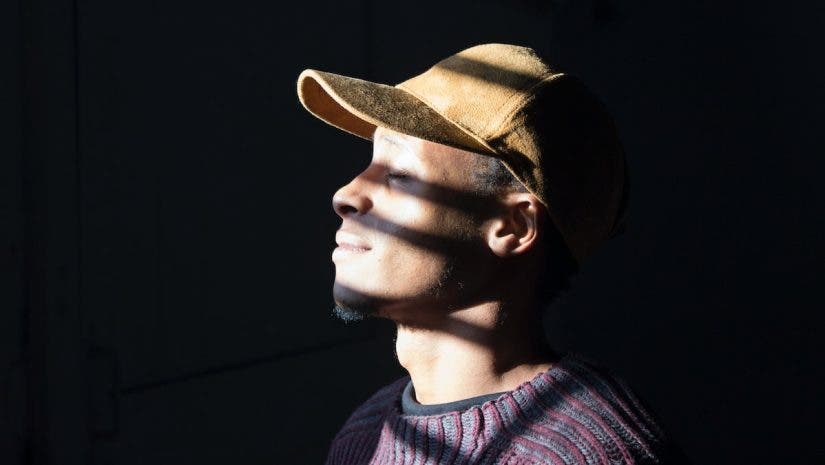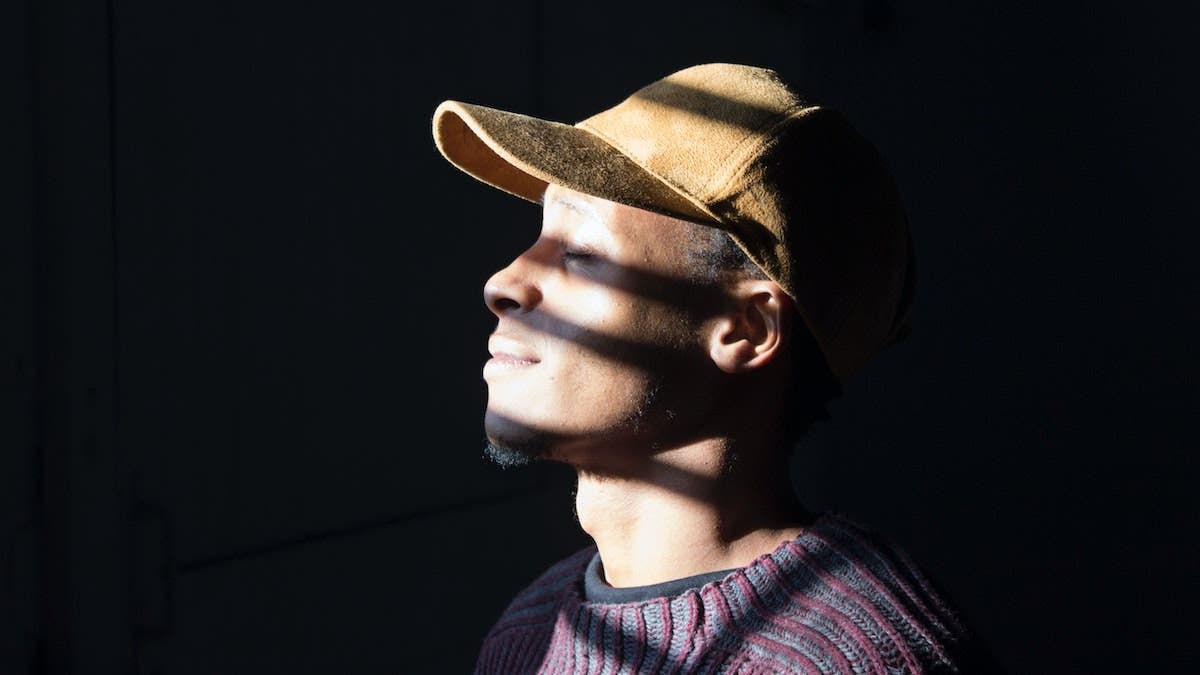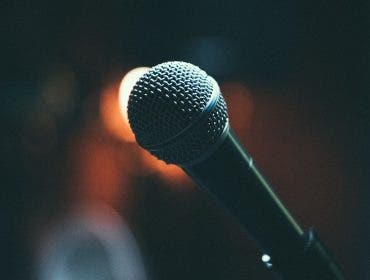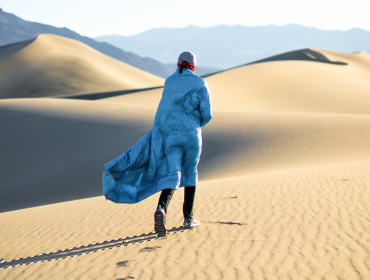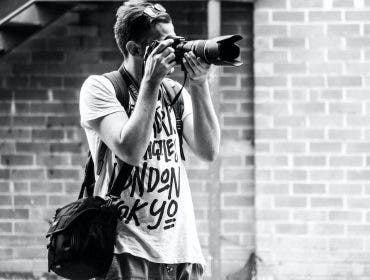Creating the perfect lighting for a photo can be tricky. Whether you’re a seasoned professional or just starting out, understanding how to use light creatively is essential for taking great pictures. While natural lighting has its benefits, there are also times when additional studio lighting, such as a gobo, is required to transform any photo session into the perfect visual masterpiece. But what exactly is a gobo? In this article, we’ll explore this lighting accessory and why it’s an advantageous tool in photographers’ or videographers’ arsenal.

What is a Gobo?
A gobo is a unique tool used to shape studio lighting. It is an accessory that fits between the light source and the backdrop. This allows you to manipulate the light pattern to create interesting shapes and patterns. Gobos can be made from metal, plastic, or glass and come in various sizes.
As its name suggests, a gobo acts as a shield, or “go-between,” blocking out some of the light while also steering it in certain directions to cast dramatic shadows. They can be as simple or complex as desired. For example, one might use swirls that convey movement and wispiness, or a geometric shape (like a circle or a square) that offers sharp contrast. They can even be as elaborate as mimicking trees or foliage to help add interest to a scene.

How Does a Gobo Work?
Installing the gobo light correctly ensures an even image projection on all surfaces – whether for an indoor studio or outdoor set. To install the gobo light, it must first be inserted into either a metal slot-in holder or a gel frame. The metal holder is primarily for outdoor use due to its robust design. Meanwhile, the gel frame is better suited to indoor spaces as it allows filters and colored gels to be placed in front of the projection.
Once mounted correctly into either frame, the gobo can be inserted into the monolight or strobe light. You can then adjust the angle and focus before securing it in place. After a shoot, it’s important to take extreme care when removing a gobo from the light. The gobo frames can get extremely hot, especially when photographing at more intense lighting outputs for longer periods.
When Can You Use a Gobo?
A gobo light can be a useful tool to provide a finishing touch that helps separate your image or footage from others. These designs allow for the addition of creativity and visual interest in images. It can also help separate the subject from the background. Gobo photography is all about experimenting and having fun with different shapes and forms. Below are some examples of where you can implement gobo lighting:
Using Gobos for Wedding Photography and Videography
There are many use cases for these creative accessories, so it’s worth having a pack of gobos in your camera bag to assist your vision. For example, wedding photographers and videographers can use these tools to help create even more beautiful wedding shots for their clients. Whether it’s being creative with silhouettes, or crafting perfectly placed light reflections, gobos enhance the ambiance and add subtle drama to each photo.

Implementing Gobos for Event and Corporate Photography and Videography
Creatives can use gobos at corporate events to project company logos on walls or floors. This creates the perfect backdrop for an active shot of attendees having fun. The effect is further enhanced by blackout curtains that help ensure no light escapes from the edges of the designs created by the gobo. This leaves them with crisp, sharp lines and beautiful-looking images.
Incorporating Gobos for Flat Lay Photography or in the Studio
In flat-lay photography, a photographer might use gobos to control where the light hits and emphasize specific areas or objects within the composition. For instance, they may place two gobos on either side of the subject to create a spotlight effect.
What Kind of Light Do You Use with a Gobo?
When it comes to the kind of photography light you use with a gobo, there is no one-size-fits-all answer. Depending on the specific needs of your shoot, you might be better served by a strobe or continuous lighting solution.
Fortunately, Adorama offers various strobe and continuous lighting models to ensure your gobo is fully illuminated and looking great:
One option is the Aputure Light Storm 600d Pro Daylight LED Light which provides 1200W of continuous LED illumination, allowing you to adjust the beam spread from a narrow spot to a wide flood. If you were to pair this with the Aputure 10 GOBO Kit for Spotlight Mount, which consists of Ten Classic Shapes, you’d find no end to your creativity when setting up an indoor shoot in the studio.
If you’re after less power, the Profoto D2 Monolight features Profoto Air wireless compatibility, saving you time when using multiple lights. Combine this with the highly creative Westcott Optical Spot by Lindsay Adler for Profoto Standard Mount and you’ll gain eight gobos and the necessary mounts for full creative control.
Types of Gobos
There are three main types of gobos; steel, glass, and plastic. Let’s go through each one in greater detail.
Steel Gobo
A steel gobo is constructed from heavy metal and is designed for the highest level of durability in tough conditions. In comparison, a plastic or glass gobo is much more delicate but lightweight. It’s usually able to display more complex designs due to its finer detailing capabilities. Additionally, steel gobos are generally only used outdoors due to their resiliency in harsh weather conditions. Meanwhile, plastic and glass can be found indoors or outdoors.
Glass Gobo
Glass gobos provide superior durability compared to standard metal or plastic. These highly versatile items can be paired with advanced high-end lighting solutions and project stunning images on flat surfaces in unprecedented detail. The high-quality design of a glass gobo allows it to remain effective even when exposed to exceedingly bright lights or various working conditions.
Plastic Gobo
One of the primary advantages of a plastic gobo light is cost-saving. On top of that, these plastic filters allow for use in more varied temperatures than traditional metal or glass ones. This makes them highly effective for indoor and outdoor events. Plus, they weigh a lot less and are easier to store. This makes them a great option when mobility is key.
Frequently Asked Questions
What is gobo short for?
Gobo is a term that has been around in the entertainment industry for decades. It is an acronym for “Goes Before Optics.” This refers to a device used in theatrical lighting to provide a shadow within a particular space. The same fundamentals apply to studio lighting in photography.
How long do gobos last?
Gobos last for many photo shoots. However, their longevity depends on how much time they spend in front of bright lights and what kind of surface it is projected onto. Generally, gobos that use a metal plate will last over two years if they are used in standard lighting applications. If a gobo uses glass instead, be aware that this type has a shorter lifespan. It typically lasts 12-18 months due to the constant heat exposure and the likelihood of cracks.
Conclusion
Gobos are a great option if you’re looking for more creative control over your lighting. By understanding how they work and what light to use them with, you can create unique looks for your photos and videos. And because they come in various materials, there’s sure to be a gobo that fits your needs. So the next time you’re setting up your lights, consider using a gobo and relevant lighting mount to add some personality to your shots.
